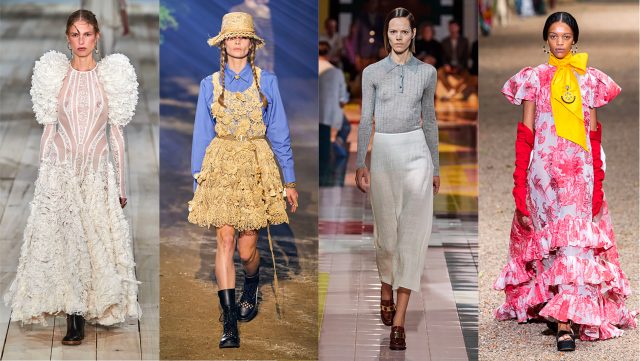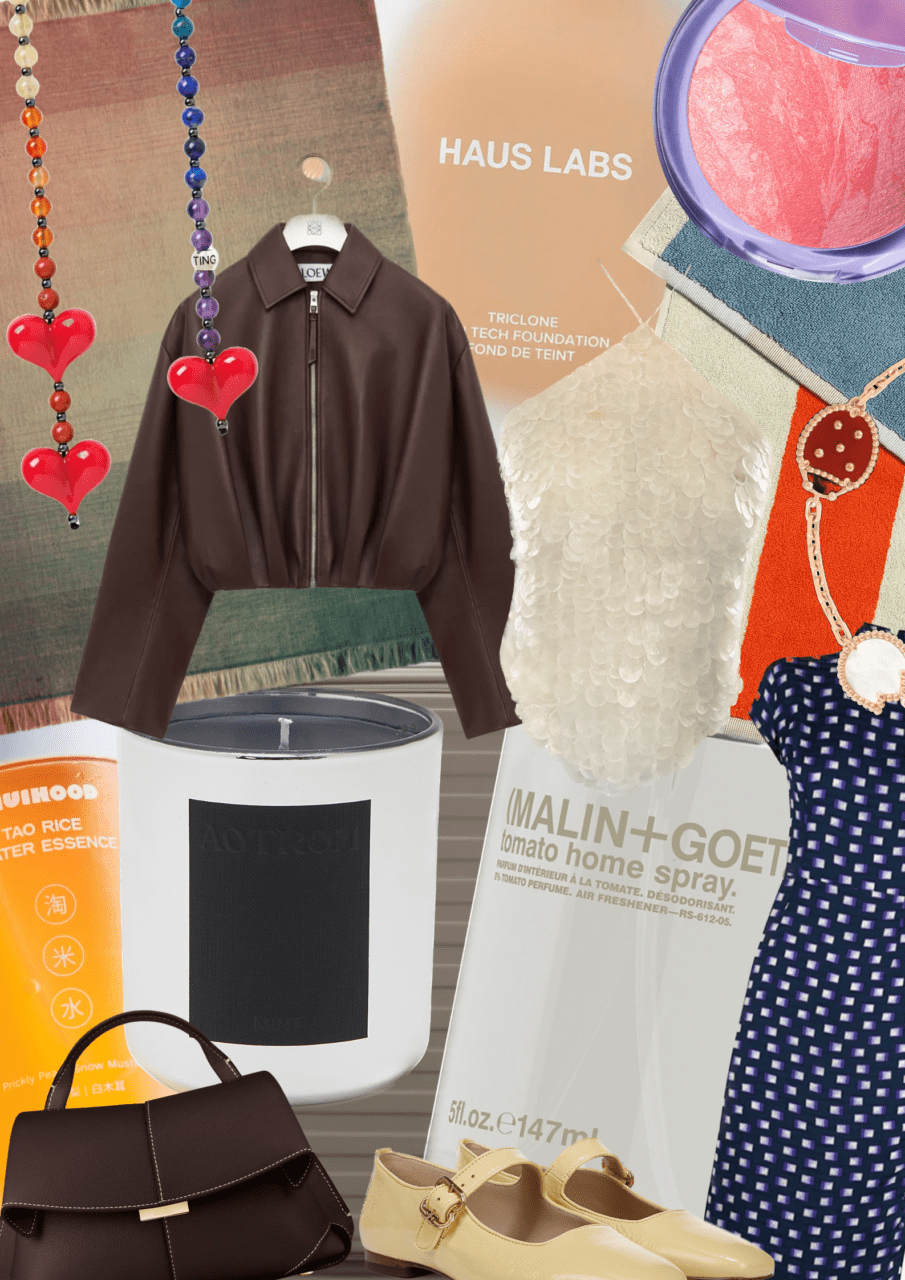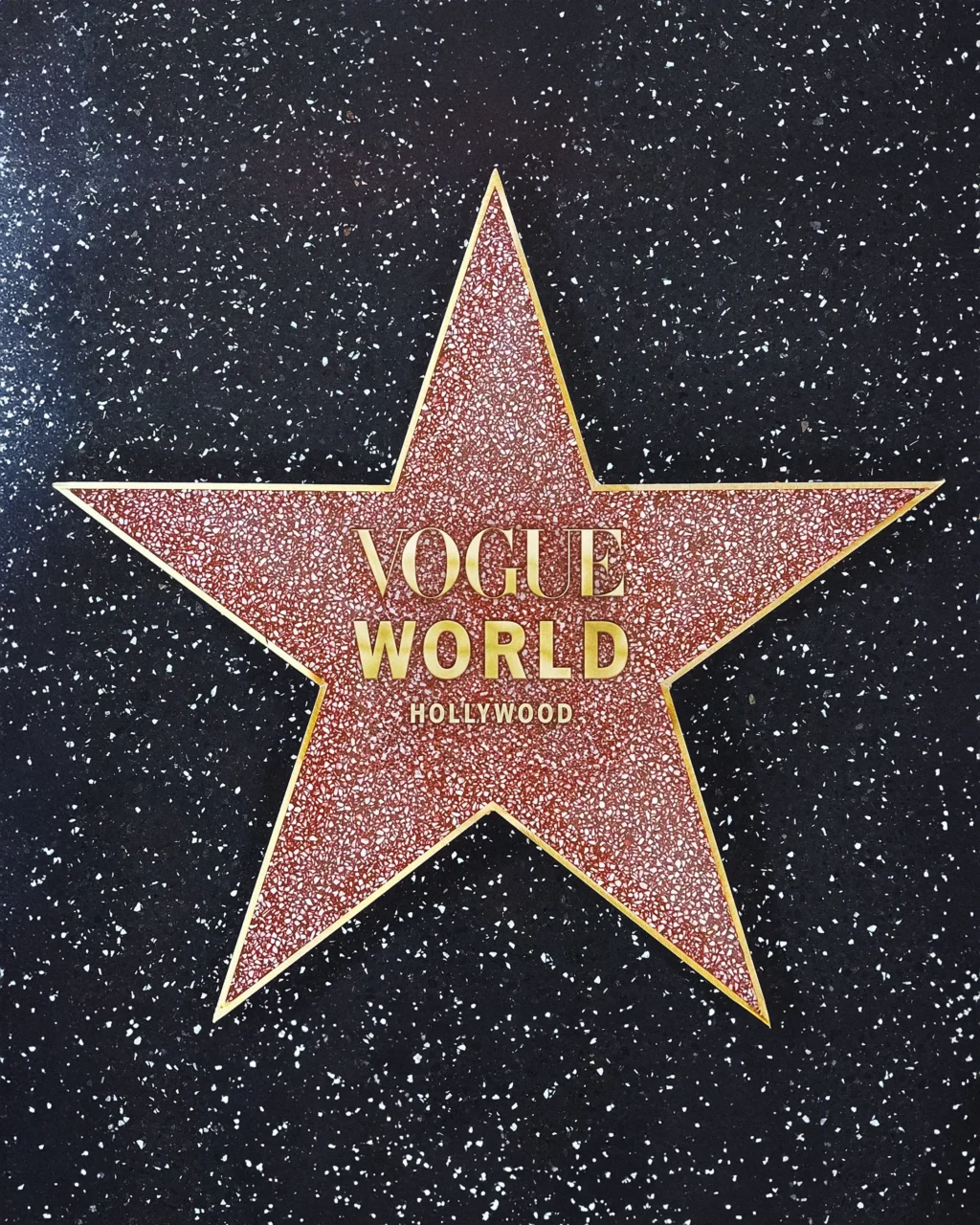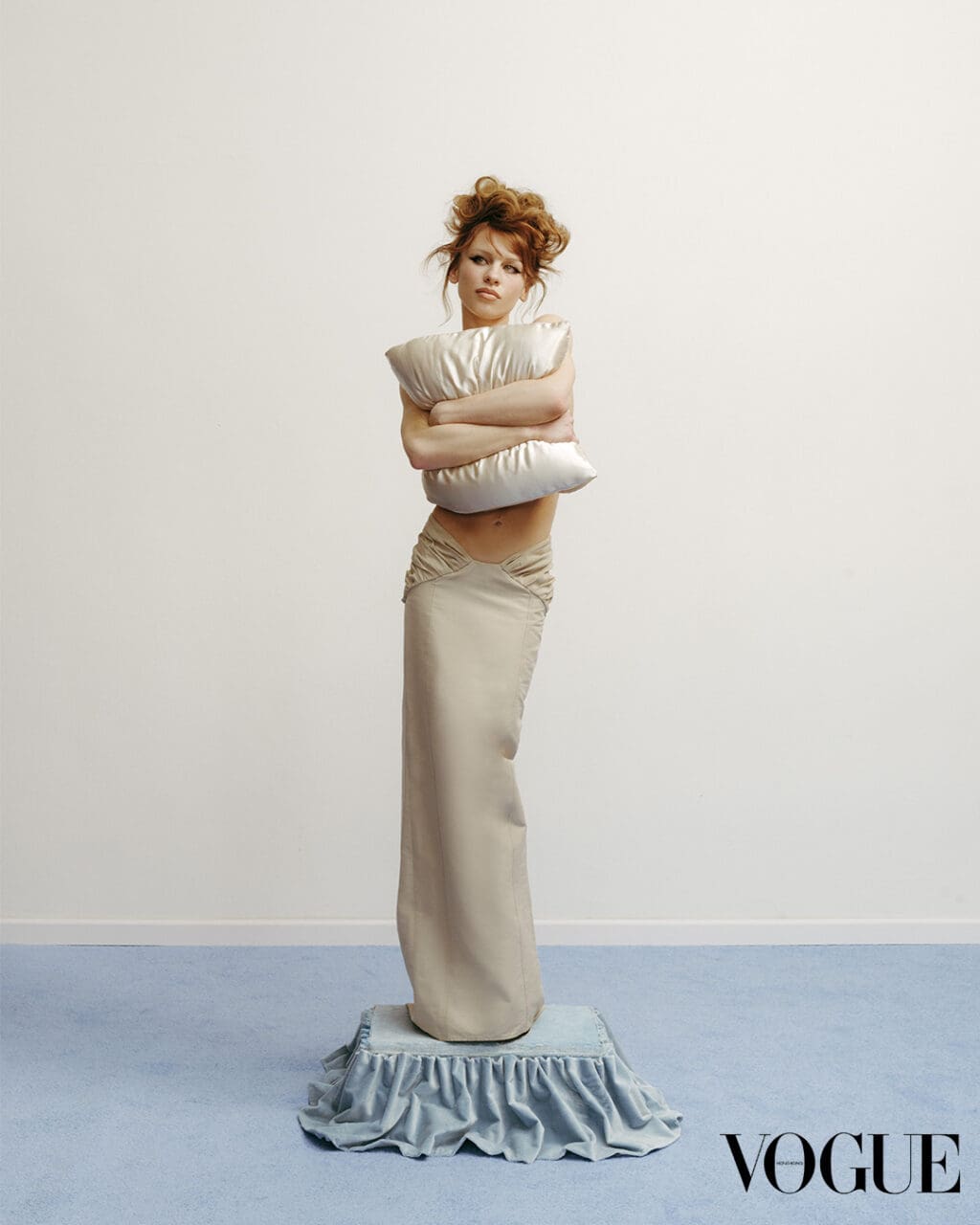How to stage a fashion show amid social distancing regulations? Go digital. On 21 April, the British Fashion Council announced that London Fashion Week will go ahead in June, merging menswear and womenswear showcases to form a “gender-neutral platform”. The digital-only event will take place between 12 and 14 June, when London Fashion Week Men’s was slated to run, with the website Londonfashionweek.co.uk relaunched to host content, commentary and capture the “humorous spirit for which British fashion and London are known”.
Caroline Rush, the chief executive of the BFC, said in a statement: “The current pandemic is leading us all to reflect more poignantly on the society we live in […] The other side of this crisis we hope will be about sustainability, creativity and product that you value, respect, cherish.”
She continued: “By creating a cultural fashion week platform, we are adapting digital innovation to best fit our needs today and something to build on as a global showcase for the future. Designers will be able to share their stories, and for those that have them, their collections, with a wider global community; we hope that as well as personal perspectives on this difficult time, there will be inspiration in bucketloads. It is what British fashion is known for.”
In terms of content, the London Fashion Week website promises everything from interviews and podcasts with designers, to webinars and digital showrooms. It follows a growing trend across the industry to engage with communities online, via Instagram Live, Zoom webinars and tutorials on Youtube. Webinars in particular have boomed: just last week, Vogue hosted Vogue Global Conversations, a series of live conversations held over a period of four days with luminaries from the fashion industry.
Many brands have been engaging with their customers in much more intimate ways: Alexander McQueen has launched McQueen Creators, a project which invites followers to create art – sketches, embroideries, beetling – via a series of digital tutorials, posting the results on its Instagram feed; Bottega Veneta is hosting a “Bottega Residency”, with associated talent taking over the brand’s social channels; Loewe has launched “En Casa”, a series of online events and workshops on Instagram Live, led by artists such as Alvaro Barrington and Anne Low.
Some brands have turned to music and live performances: in early April, Chanel hosted a performance by the Belgian singer Angèle on Instagram Live, and Chloé has launched Chloé Voices, a series of chats with names including Ellie Goulding and Pauline Klein and the creative director Natacha Ramsay-Levi, as well as the Chloé Club, a DJ set from Phoebe Collings-James, which took place on Instagram Live. Valentino is hosting live performances by singers and poets on its Instagram feed under the hashtag #ChezMaisonValentino; last week, Alicia Keys kicked off proceedings. As Pierpaolo Piccioli said in a statement about the project: “I have realised how much stronger we have become through connections within our own community. I wanted to share with you these unique performances to be connected by our emotions.”
Opening up fashion shows in digital platforms is one way to make fashion feel more inclusive, as Balenciaga’s CEO Cedric Charbit argued in a conversation with Vogue Runway’s Nicole Phelps. Each season, he revealed, the brand invites around 600 guests to its physical fashion show at Paris Fashion Week. Over 8,000 people watch the shows streamed live on Youtube; 60,000 watch the shows on Instagram; and 300,000 discuss the shows on Twitter. “If you combine all this together with the replays [of the streams], we have an audience of over 10 million viewers,” said Charbit. “I think there is a digital reality that is already happening that one needs to embrace and face. Our audience has to be reconsidered.”
Holding a digital fashion showcase when other fashion weeks, such as Pitti Uomo, Milan’s menswear shows and Paris’s menswear and couture shows have been cancelled, will also offer the fashion industry some much-needed newness – the fuel on which the industry thrives. As Virgil Abloh revealed in his Vogue Global Conversations talk, hosted by Vogue China’s Angelica Cheung, the lockdown has made him even more productive. “This is the time to prove our industry is a valuable one,” he said. “Not for a second will I cancel, or pause, or take time off the calendar…Everything on my end will proceed. I’m finding ways to work harder, more efficient. I’ve started another collection on top of the collection I was working on for June because I have more time.”
There are numerous drawbacks, however, to the decision not to present physical clothes. In addition to manifesting a brand’s creative vision and generating excitement around a collection, fashion shows are a crucial tool for wholesale buyers who visit designer showrooms immediately after the show to get a closer look at the products. Wholesale teams will have to get creative: virtual appointments can offer an insight into the designer’s mindset, but perhaps individual samples will have to be shipped to buyers so that they can touch and physically assess new products.
London Fashion Week’s new digital iteration, though, can learn from those that went before it: Shanghai Fashion Week went digital in April, with the help of the Chinese e-commerce giant Alibaba, who lent its Tsmall live-streaming channel to the shows. Many of the clothes were available for purchase straight from the runway, and the organisers also prepared digital showroom presentations where designers talked through their collections piece by piece for viewers.
As Jonathan Anderson pointed out in a recent interview with Vogue Runway, getting away from the idea of a fashion show being a brand’s definitive seasonal statement could help everyone adapt to the new reality. “I think this is the big illusion in this industry, that it’s just about shows, but it’s not, really,” he said. “It’s about visual merchandising, it’s about stores, it’s about advertising, and those things take up at least 70 per cent of my job.” Let the digital interaction commence.
Previously published on British Vogue
Editor
Ellie PithersCredit
Lead photo: Alessandro Lucioni / Gorunway.com






